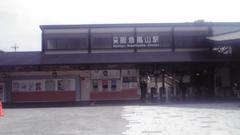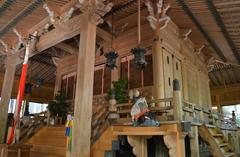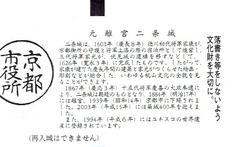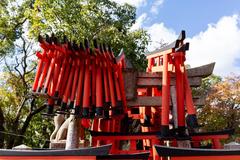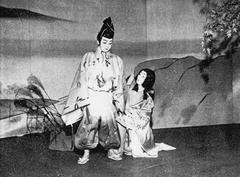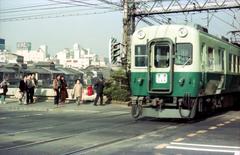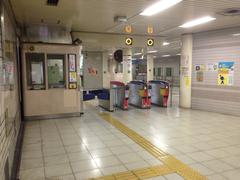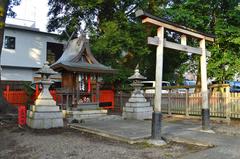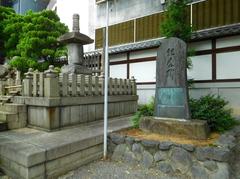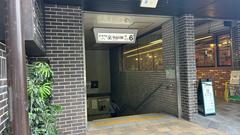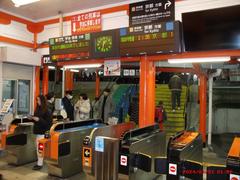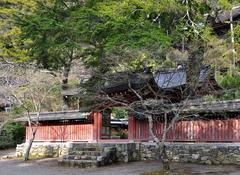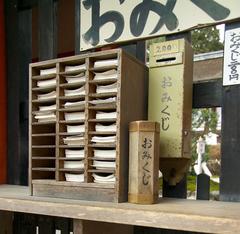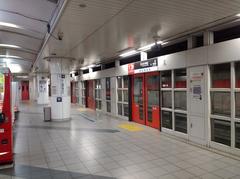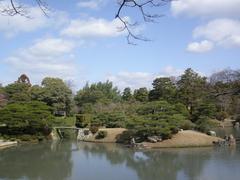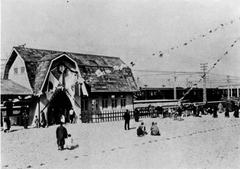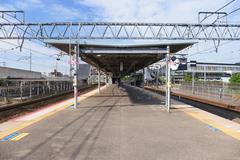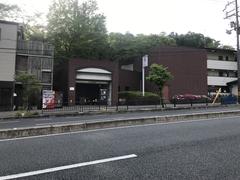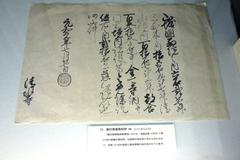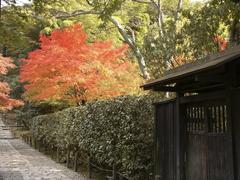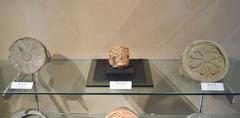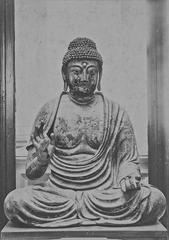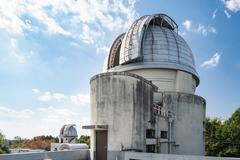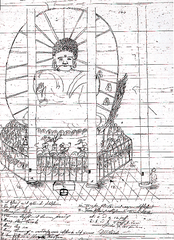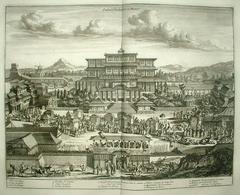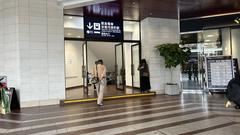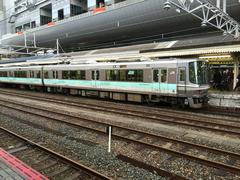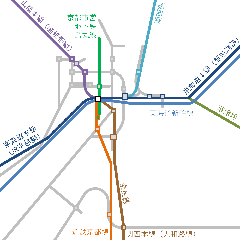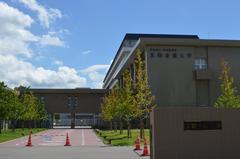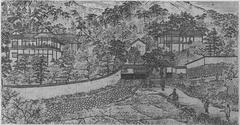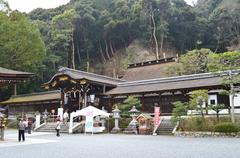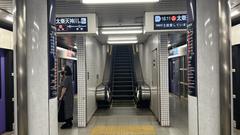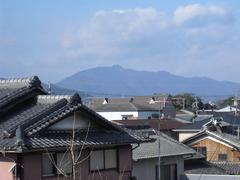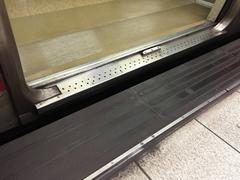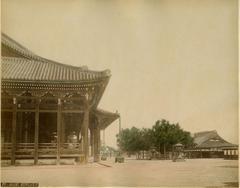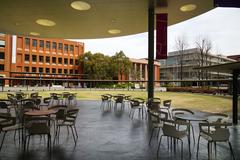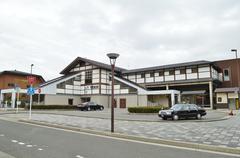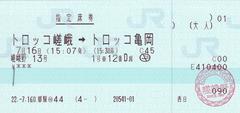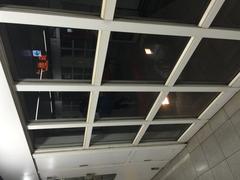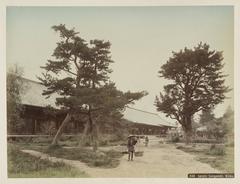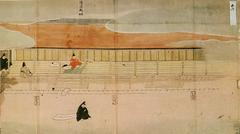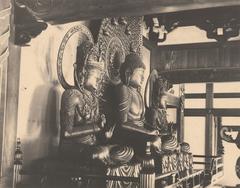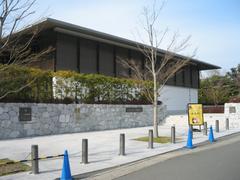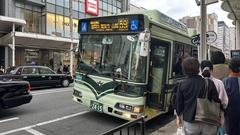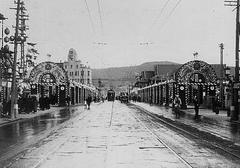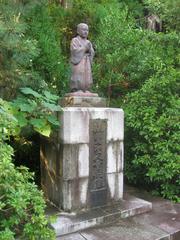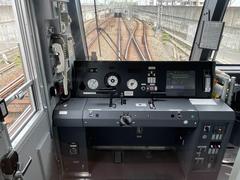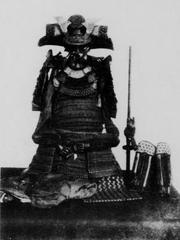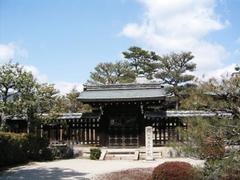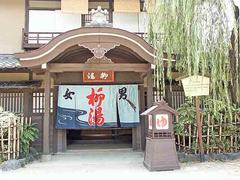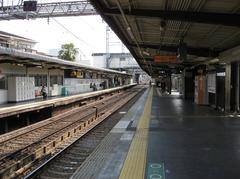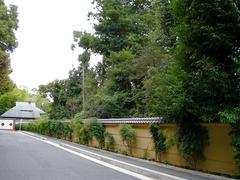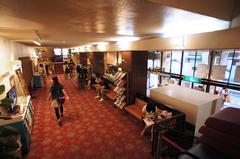
Kujo Station Kyoto: Visiting Hours, Tickets, and Comprehensive Travel Guide
Date: 04/07/2025
Introduction
Kujō Station in Kyoto is a key access point for both residents and tourists, strategically connecting Kyoto’s southern Minami-ku district to the heart of the city. Opened in 1988 as part of the Karasuma Line expansion, this underground hub offers seamless connectivity to Kyoto’s main transit arteries, including JR lines and the Shinkansen. Whether you’re a daily commuter or a visitor eager to explore Kyoto’s rich cultural tapestry, understanding how to navigate Kujō Station will enhance your journey (Wikipedia; MetroEasy; Kyoto Station Guide).
This detailed guide covers visiting hours, ticketing options—including IC cards and tourist passes—accessibility features, and practical travel tips. You’ll also discover nearby attractions such as Toji Temple, Nishiki Market, and the Kyoto Imperial Palace, making Kujō Station an excellent starting point for your Kyoto adventure (Matcha; Kyoto Municipal Transportation Bureau; Japan Guide; Toji Temple Official; Flip Japan Guide).
Table of Contents
- Introduction
- Historical Development of Kujō Station
- Station Layout and Facilities
- Visiting Hours and Ticketing
- Accessibility Features
- Access to Key Attractions
- Travel Tips and Seasonal Advice
- FAQs
- Visuals and Media
- Conclusion and Recommendations
- References
Historical Development of Kujō Station
Kujō Station (九条駅, Kujō-eki) was inaugurated on June 11, 1988, during a significant phase of Kyoto’s urban expansion. Constructed on the Karasuma Line—the city’s first subway line—Kujō was positioned at the crossroads of Kujō and Karasuma Streets to support both residential and commercial growth, and to provide efficient connection to Kyoto Station (Wikipedia; MetroEasy).
Since its opening, the station has played an essential role in alleviating congestion at Kyoto Station, distributing commuter and tourist traffic more evenly across Minami-ku, and supporting the economic development of this southern district (Modern City Georgetown).
Station Layout and Facilities
Kujō Station is an underground facility with a single island platform serving two tracks, marked as “K13” on the Karasuma Line (Kyoto Station Guide). The station features:
- Multiple Entrances/Exits: Well-signposted, with clear directions to major streets and landmarks.
- Ticket Machines: Offer Japanese and English interfaces, accepting cash and IC cards.
- Elevators and Escalators: Ensuring smooth movement for all passengers.
- Accessible Restrooms: Easily located and equipped for travelers with disabilities.
- Bilingual Signage: Japanese and English directions throughout the station.
- Coin Lockers: Available for secure luggage storage.
Visiting Hours and Ticketing
-
Operating Hours:
Kujō Station is open from approximately 5:30 AM to midnight daily, in line with Karasuma Line operations (Kyoto Municipal Transportation Bureau). -
Ticketing Options:
- Single-ride Tickets: Starting from 210–220 yen, price varies by distance.
- IC Cards: Suica, ICOCA, and PASMO accepted for tap-and-go convenience.
- Tourist Passes:
- 1-Day Kyoto Sightseeing Pass: Unlimited rides on subways and select railways, priced at 1,000–1,200 yen (Official Kyoto Sightseeing Pass Info).
- Combination Tickets: Subway and bus passes for comprehensive city travel.
- Where to Buy: Automated machines within the station, larger passes at main stations.
Accessibility Features
Kujō Station is designed to be barrier-free and inclusive:
- Elevators and Escalators: Connect all levels, essential for wheelchair users, strollers, and those with heavy luggage.
- Tactile Paving: Aids navigation for visually impaired passengers.
- Accessible Ticket Gates and Restrooms: Located near the main entrance.
- Multilingual Signage: Supports international travelers.
- Assistance: Station staff are available to help with directions and accessibility needs (Kyoto Municipal Transportation Bureau).
Access to Key Attractions
Kujō Station’s prime location makes it an ideal gateway to several of Kyoto’s renowned sites:
- Toji Temple:
A UNESCO World Heritage Site, famed for its five-story pagoda. Only a 10-minute walk south of Kujō Station (Toji Temple Official). - Nishiki Market:
Reachable via the Karasuma Line northbound to Shijo Station; a celebrated food and shopping street (Japan Guide). - Kyoto Imperial Palace:
Access by traveling north to Imadegawa Station. - Kyoto Botanical Gardens:
Located near Kitayama Station, a short ride north. - Local Minami-ku:
Explore authentic eateries, shops, and community life just steps from the station.
Quick transfers at Kyoto Station (one stop north) connect you to JR, Kintetsu, and Shinkansen lines for travel to Osaka, Nara, and beyond.
Travel Tips and Seasonal Advice
What to Pack
- Summer: Light, breathable clothing; sunscreen and a hat for hot, humid days.
- Autumn: Layered clothing for temperature changes; autumn foliage draws large crowds—book ahead.
- Winter: Warm coats and accessories; the subway provides heated comfort.
- Spring: Light layers and an umbrella for cherry blossom season showers.
Practical Essentials
- Luggage: Coin lockers at Kujō and Kyoto Station for secure storage.
- Cash: Many small businesses are cash-only; ATMs for international cards are readily available.
- WiFi: Free at Kyoto Station; consider pocket WiFi for reliable connectivity.
- Navigation: Google Maps provides up-to-date transit and walking routes (Flip Japan Guide).
Etiquette and Safety
- Peak Hours: Avoid commuter rush (7–9 AM, 5–7 PM) and busy weekends during cherry blossom and autumn foliage seasons.
- Quiet and Order: Maintain silence in trains and stations, queue properly, and avoid blocking walkways.
- Photography: Respect signage—no photography in residential/private areas.
- Emergency Preparedness: Multilingual QR codes and staff support are available for natural disasters or emergencies (Japan Truly).
FAQs
What are Kujō Station’s operating hours?
Approximately 5:30 AM to midnight, daily.
How do I buy tickets or tourist passes?
At automated machines inside the station or at major stations for tourist passes; IC cards (Suica, ICOCA, PASMO) are recommended for convenience.
Is Kujō Station accessible for travelers with disabilities?
Yes, with elevators, tactile paving, accessible restrooms, and multilingual signage.
What are the best nearby attractions?
Toji Temple, Nishiki Market, Kyoto Imperial Palace, and Kyoto Botanical Gardens.
Are there luggage storage options?
Coin lockers are available at Kujō and Kyoto Station.
Visuals and Media
Conclusion and Recommendations
Kujō Station is more than a subway stop—it is a well-equipped entryway to Kyoto’s vibrant cultural and historical destinations. Its strategic location, extensive accessibility features, and straightforward ticketing make it ideal for both seasoned travelers and first-time visitors. With direct routes to UNESCO sites like Toji Temple and easy access to city-wide attractions, Kujō Station should be at the center of your Kyoto travel plans.
Travel Smart:
- Use IC cards for convenience.
- Avoid peak hours for a smoother ride.
- Store luggage in station lockers.
- Download the Audiala app for real-time Kyoto transit updates and insider tips.
References
- Kujō Station (Kyoto), Wikipedia
- MetroEasy: Kyoto Municipal Subway Guide
- Kyoto Station Guide: Karasuma Line
- Kyoto Municipal Transportation Bureau
- Toji Temple Official
- Japan Guide: Kyoto Attractions
- Flip Japan Guide: Kyoto Travel Tips
- Modern City Georgetown: Kyoto Urban Development
- Official Kyoto Sightseeing Pass Info












